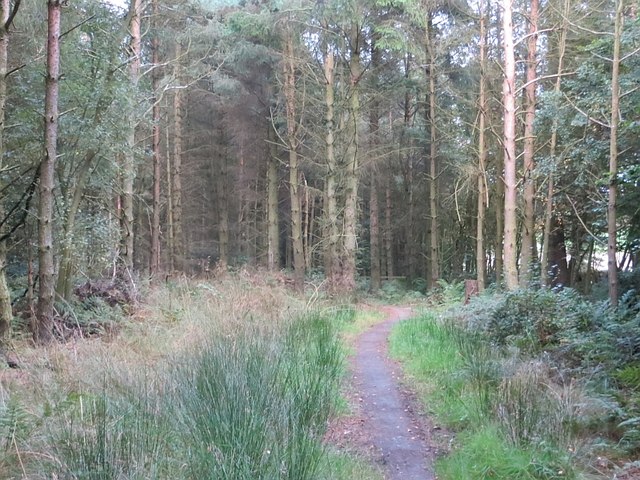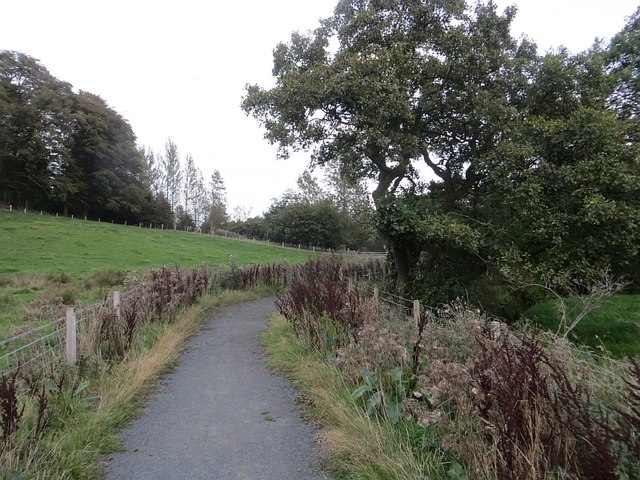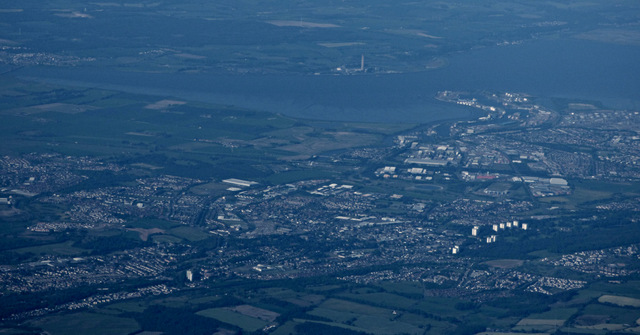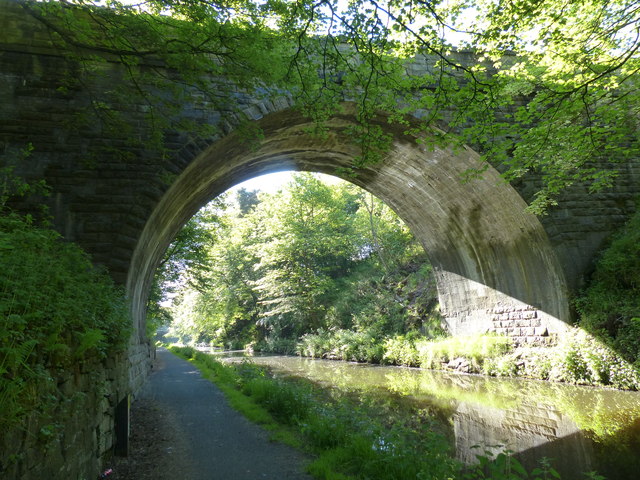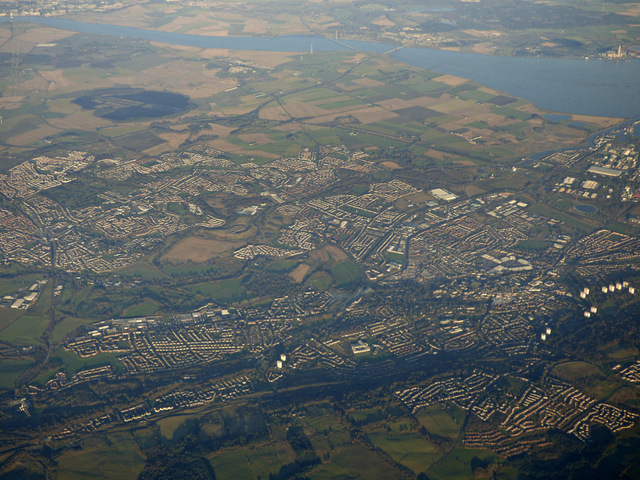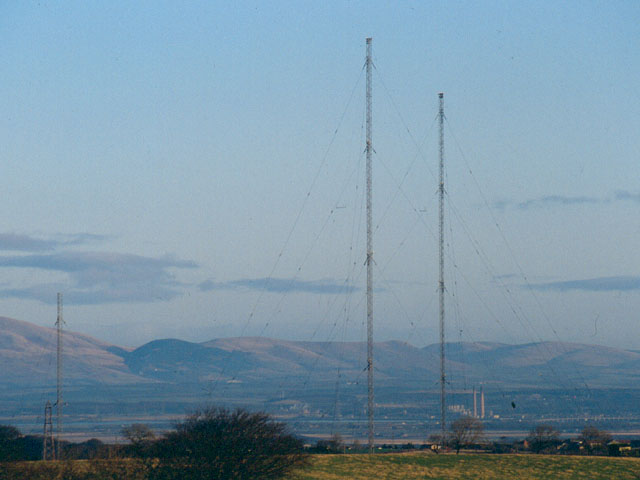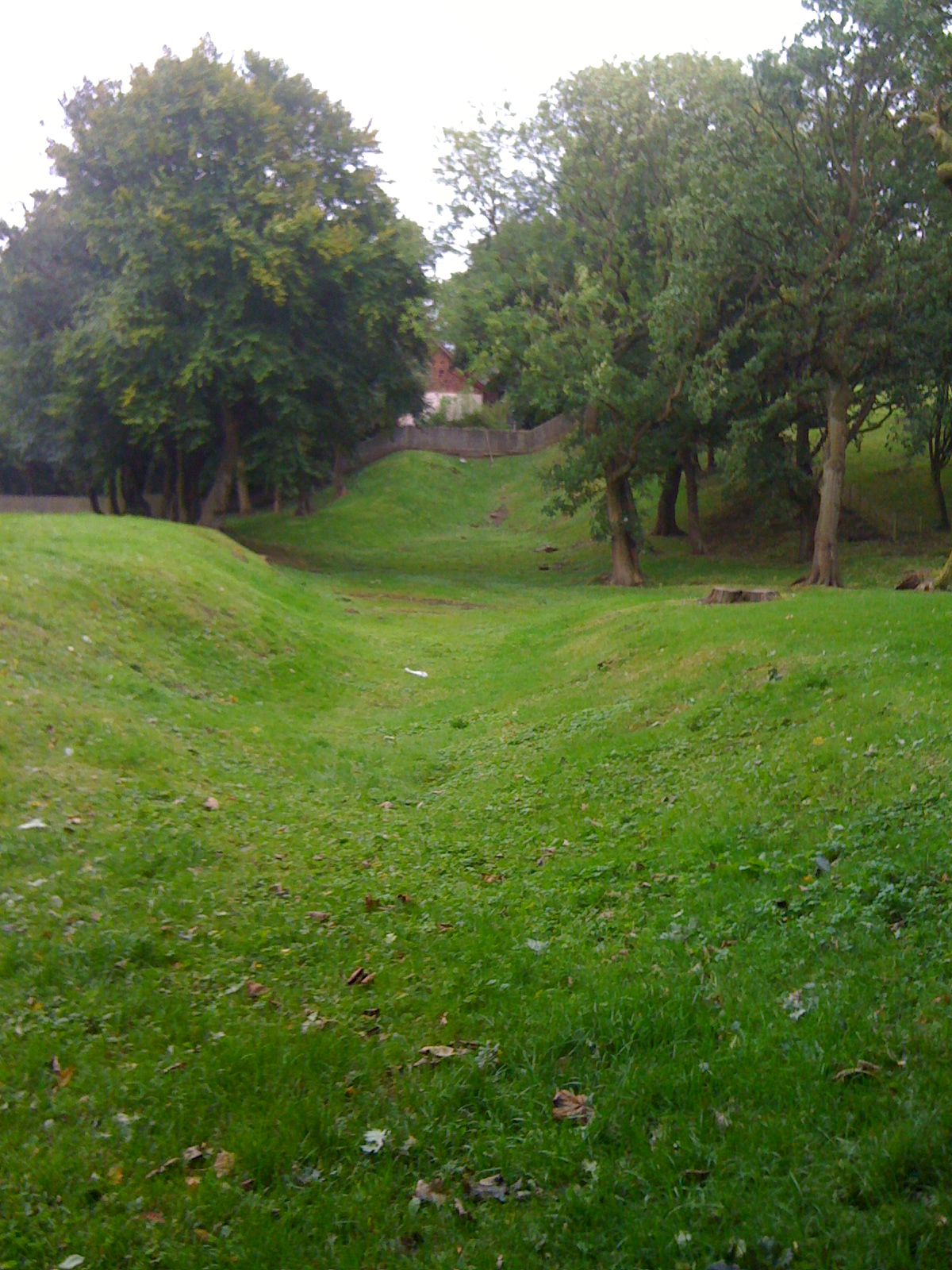Wester Strip
Wood, Forest in Stirlingshire
Scotland
Wester Strip
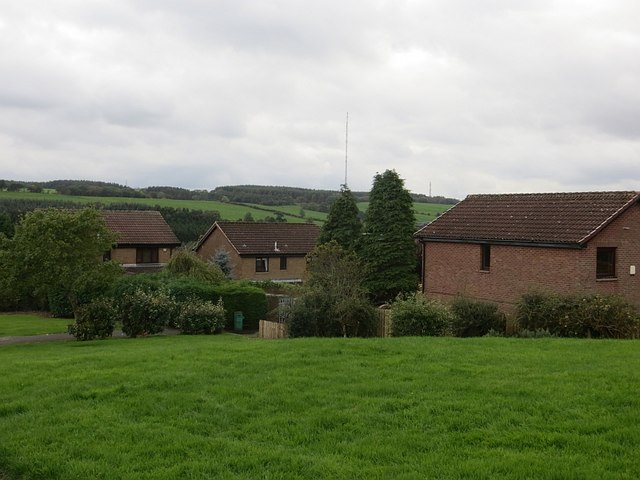
Wester Strip, located in Stirlingshire, Scotland, is a picturesque wood and forest area that offers visitors a tranquil and immersive experience in nature. Covering an expansive area of land, Wester Strip is known for its diverse range of flora and fauna, making it an ideal destination for wildlife enthusiasts and nature lovers.
The woodlands in Wester Strip are predominantly made up of native Scottish trees such as oak, birch, and Scots pine, creating a beautiful and natural environment. Walking through the forest, visitors can enjoy the peaceful atmosphere and admire the stunning scenery, including vibrant wildflowers and moss-covered rocks. The forest floor is also home to a variety of mushrooms and fungi, adding to the area's biodiversity.
Moreover, Wester Strip is renowned for its rich wildlife. The forest is inhabited by numerous species, including red squirrels, roe deer, and a wide range of bird species. Birdwatchers can spot various woodland birds such as woodpeckers, owls, and finches, while lucky visitors may even catch a glimpse of elusive creatures like pine martens or badgers.
In addition to its natural beauty, Wester Strip offers various recreational activities for visitors. Hiking trails crisscross the woodlands, providing opportunities for leisurely walks or more challenging hikes. The forest also has designated picnic areas and camping spots, allowing visitors to immerse themselves fully in the peaceful surroundings.
Overall, Wester Strip in Stirlingshire is a haven for nature enthusiasts seeking to explore a beautiful wood and forest area. With its diverse range of flora and fauna, it offers a unique and memorable experience for visitors of all ages.
If you have any feedback on the listing, please let us know in the comments section below.
Wester Strip Images
Images are sourced within 2km of 55.975036/-3.8100902 or Grid Reference NS8777. Thanks to Geograph Open Source API. All images are credited.
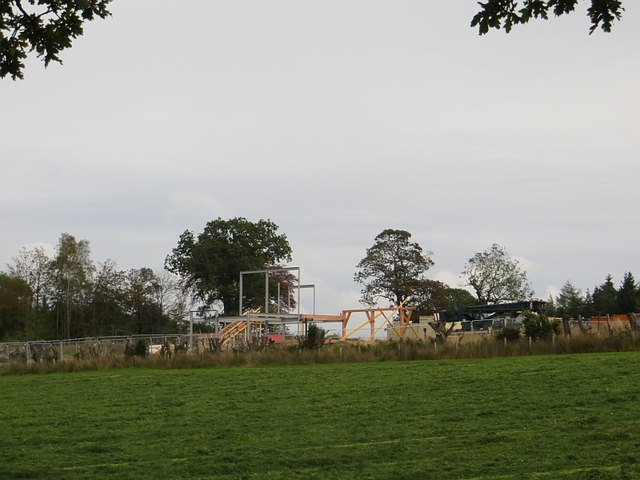

Wester Strip is located at Grid Ref: NS8777 (Lat: 55.975036, Lng: -3.8100902)
Unitary Authority: Falkirk
Police Authority: Forth Valley
What 3 Words
///gilding.premiums.throat. Near Hallglen, Falkirk
Nearby Locations
Related Wikis
Westerglen transmitting station
The Westerglen transmitting station is a facility for longwave and mediumwave broadcasting established in 1932 at Westerglen Farm, 2 miles (3 km) south...
Falkirk (council area)
Falkirk (; Scots: Fawkirk [ˈfɔːkɪrk]; Scottish Gaelic: An Eaglais Bhreac) is one of 32 unitary authority council areas of Scotland. It was formed on 1...
Battle of Falkirk Muir
The Battle of Falkirk Muir (Scottish Gaelic: Blàr na h-Eaglaise Brice), also known as the Battle of Falkirk, took place on 17 January 1746 during the Jacobite...
Bantaskine
Bantaskine is a park with woodlands in Falkirk, Scotland that was formerly the Bantaskine Estate, a coal mining estate. The artist Mary Georgina Wade...
Glen Village
Glen Village is a settlement in the Falkirk council area of Scotland, situated at the southern end of Callendar Park, and around 1 mile (1.6 km) south...
Falkirk High railway station
Falkirk High railway station is one of two railway stations serving the town of Falkirk in Scotland. It is on the Glasgow to Edinburgh via Falkirk Line...
Falkirk High School
Falkirk High School is a high school located in Falkirk, Stirlingshire that was founded in 1886. It is a non-denominational six-year fully comprehensive...
Watling Lodge
Watling Lodge was a Roman fortlet on the Antonine Wall in Scotland. It was located near what is now Lock Sixteen on the Forth and Clyde Canal in Falkirk...
Nearby Amenities
Located within 500m of 55.975036,-3.8100902Have you been to Wester Strip?
Leave your review of Wester Strip below (or comments, questions and feedback).
